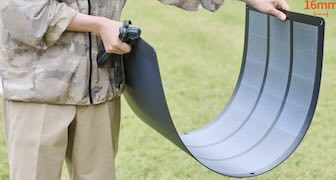Ishikawa, Jan 04 (NHK) - Japanese seismologists have estimated that a recent earthquake observed in Ishikawa Prefecture was almost as powerful as the mega quake that generated violent jolts and massive tsunami off eastern Japan in 2011.
Monday's quake shook Shika Town with the intensity of 7, the highest on Japan's scale.
Officials at the Japan Meteorological Agency say seismometer data from the town suggest that the quake had 2,825.8 gal. Gal is a unit of acceleration that indicates the intensity of the ground's shaking.
The figure is nearly the same as the 2,933.7 gal of the 2011 quake.
The measurement also indicates that the New Year's Day earthquake was far stronger than some deadly quakes in the past that jolted Japan with an intensity of 7.
The 1995 Great Hanshin-Awaji Earthquake in western Japan recorded 891 gal, while the quake that hit Niigata Prefecture in 2004 had 1,722 gal. The quake that struck Kumamoto Prefecture in 2016 measured 1,791.3 gal.
Agency officials say the degree of acceleration alone does not determine how devastating an earthquake is, but they say the acceleration of Monday's quake was extremely large.















